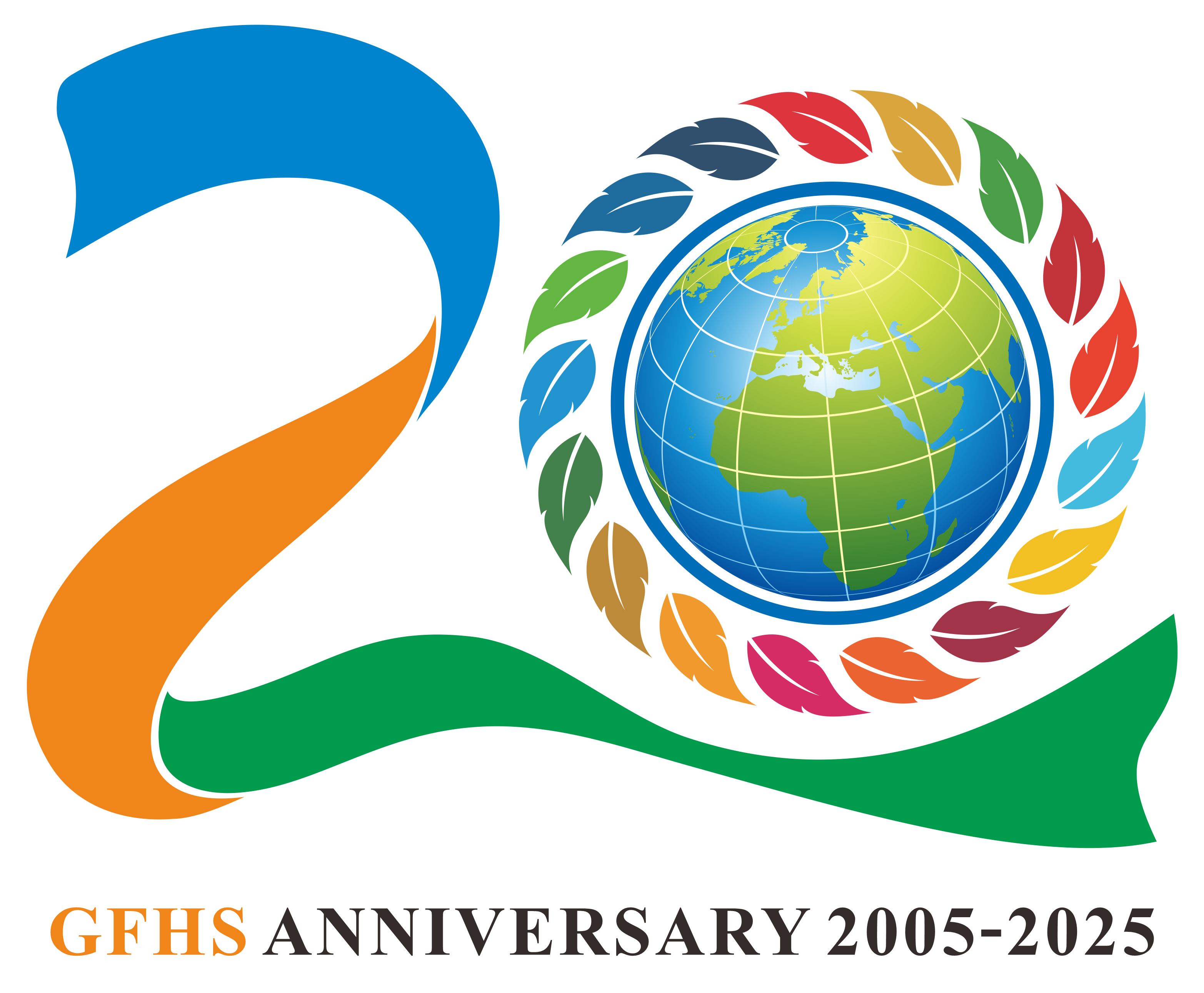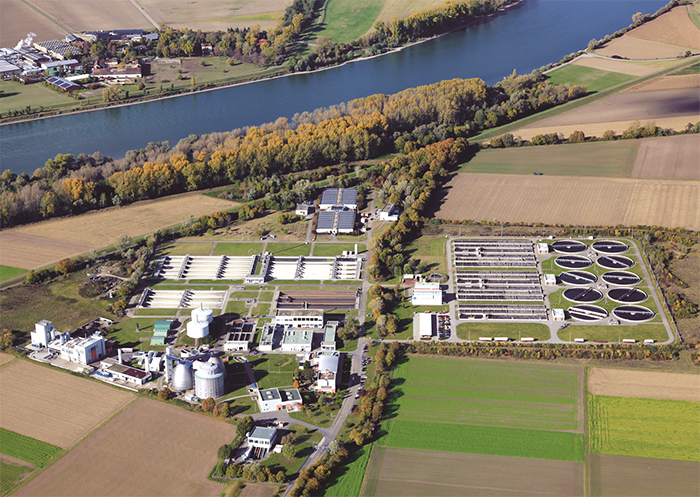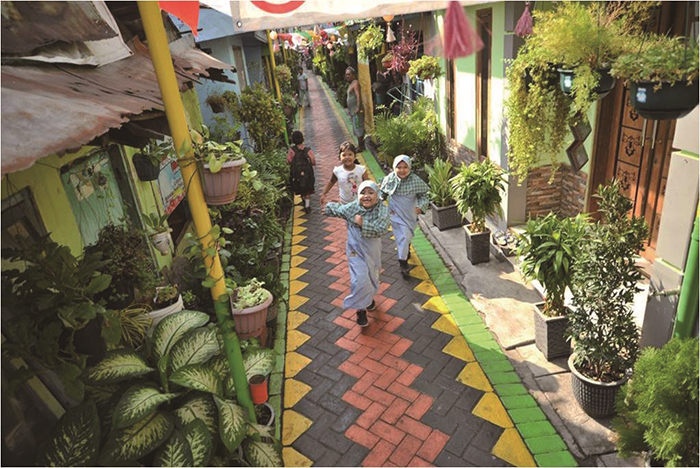Committed to Sustainable Cities and Human Settlements for All
In Special Consultative Status with ECOSOC
Search
Twelfth Global Forum on Human Settlements and
Sustainable Cities and Human Settlements Awards Ceremony
Version 20/12/2017 (exposure draft)
Based on the global consensus reached out in recent years, the 12th Global Forum on Human Settlements and Sustainable Cities and Human Settlements Awards (GFHS-XII) centered on “Effectively Planning and Managing Urban Spatial Development to Implement 2030 Agenda for Sustainable Development and New Urban Agenda” was successfully held at Millennium Hilton One UN Plaza in New York USA on 30-31 October, as an important event to celebrate the World Cities Day 2017.
GFHS-XII has attracted around 400 representatives of public sector, private sector, civil society and academy from over 30 countries who participated in the two-day events. The conference discussed in depth and effectively with the objective of promoting innovative actions achieving Sustainable Development Goals (SDGs) and New Urban Agenda , granted 23 winners the Sustainable Cities and Human Settlements Awards, launched the Online Rating System of International Green Model City Initiative, and achieved fruitful results.
Next year, progress on SDG11 will be under review in the United Nations High Level Political Forum, directly pertaining to sustainable cities and human settlements. This twelfth forum in the series of annual GFHS forum is again another timely, relevant and appropriate initiative that aims at making the international community alert and proactive to the urbanization issues in a holistic manner.
Important recommendations from the conference shared as follows:
1. Sustainable urban development is one of the most pressing challenges facing the human community in the 21st century. As more and more people make cities their home, cities will be the arenas in which some of the world’s biggest social, economic, environmental and political challenges will be faced and need to be addressed collectively.
2. The prospect for achieving sustainable development is given through organizing and steering urbanization in more sustainable ways. A main challenge is the fact that current rapid urbanization in Africa and Asia has an exponential growth. As cities are complex and hybrid systems, the challenges also multiply exponentially, while improvements in planning and service provision are at best following a linear growth.
3. To organize and steer urbanization, the following two strategies need to be applied simultaneously: (a) manage transformation, under the principles of enhancing efficiency and scaling-up approaches, including the development of capacities for Transformation management; (b) and provide the frameworks needed for change. This entails specifically the provision of National Urban Policies.
4. The enabling policies, needed for an integrated delivery of the Agenda 2030, will coordinate the conditions and resources for local actions, and even more important, involve people as active agents, and foster partnerships with all stakeholders, such as civil society, science and technology. Localizing and implementing the SDGs at local level in an integrated manner is the only way to achieve these goals.
5. The New Urban Agenda set out a clear vision for sustainable urban development: “just, safe, healthy, accessible, affordable, resilient, and sustainable cities and human settlements that foster prosperity and quality of life for all”, and provide enough opportunities for all urban governments to act and develop their cities in better ways. The time is now for implementation and making this vision a reality.
6. This requires a vibrant call for revolutionary city making. We don't have to follow old models. Integrated planning across the different sectors is a core requirement, real innovations will come from integrated approaches as well as integrated policies. The way we plan, design and manage cities will determine whether the amazing transformational powers of urbanization contributes to or stifle the objective of Sustainable Development for All, that we leave no one behind, and achieve sustainable and inclusive economies and environmental sustainability.
7. Scale up those recognized best practices and initiatives. UN Environment’s City Package takes the approach of vertical and horizontal policy integration, linked with neighbourhood level pilots. Given the unique window of opportunity that we have over the next 15 years, we need to do so with a sense of urgency.
8. There is the common misunderstanding that city greening means elevated costs, what we need is to understand, assess and improve the material flows and their life cycles. We need to start thinking from a cross-cutting and a circular perspective. Sustainable lifestyles will be essential drivers to sustainable cities.
9. The International Green Model City (IGMC) Initiative is a valuable and useful contribution for effectively planning and managing urban spatial development in support to the implementation of the SDGs and New Urban Agenda at local level, which aims to use IGMC Standards 3.0 as an advanced planning tools for assessing and guiding sustainable urban development based on data collection and analysis. In the meantime, IGMC planning & design principles drive real estate value creation, increase land values and real estate asset concentration.
10. Spatial form can contribute to sustainable urbanization, which can affect the social, environmental and economic quality of urban area, and the creation of real estate value, Financial strategies need to be paired with further aspects of sustainable development, such as transforming the urban space through Transit Oriented Development (TOD).
11. It is a high priority to focus on the development of public spaces that are safe, inclusive and accessible to all. This can be achieved at relatively low cost, and will have an important beneficiary impact for the rapidly growing population in all urbanizing countries.
12. Unless women and communities are involved in decision making and policy development at every level of governance, changes to women’s political and socio-economic status will be minimal, and, as a consequence, the improvement of human settlements will be greatly constrained.
13. In light of the current transformations caused by global urbanization, many scholars feel the urge to start doing things different, instead of doing only more of the same. They commit to generate and facilitate the knowledge needed for innovations and new practices, which provide the conditions for a sound and meaningful life.
14. Build a new complexity science of sustainable cities is a useful commitment made by the related planners and academic. This comprises effective sustainability frameworks like IGMC Standards 3.0, and predictions based on big data spatial analysis. This approach bridges the gap between science, public policies and real estate return on investment forecast.
15. Partnership with the communities is powerful because in the end we do not build cities for the sake of cities but we build cities for livable communities: this is for people.
Photo: City of Mannheim
Conducive experiences from the recognized best practices shared as follows:
16. Converting communities to be sustainable is not hard. According the experiences from the city of Surabaya, the recognized Global Green City is: independent community-based waste management, getting sensible income from recycled materials; concentrate on public green spaces: parks, urban forests, sidewalks, etc; encouraging public transportation and using clean energy; putting efforts on citizens’ welfare: education, free health services, etc; adding sustainable programs to be educated in Schools, and pushing other communities sectors as farming, industrial, housing, etc. to share in the sustainability programs.
17. The experiences from Wuyi county, China, the recognized Global Green City is: adhering to the concept of beautiful scenery is the gold and silver mines, sticking to planning first to developing sceneries with the county at the same time and achieving the goal of building a livable town and a best destination for tourist; sticking to green transformation through industrial integration and ecological protection achieving the goal sustainable development.
18. As the recognized Global Green City, Mannheim city administration based on 8 strategic objectives to increase Mannheim's attractiveness, innovative ability, efficiency and sustainability. In detail these 8 strategic objectives for a modern metropolis include vitalizing urbanity, attracting talent, strengthening enterprises, cultivating tolerance, enhancing equal educational opportunities, enhancing creative spirit, encouraging engagement and enhancing assets. The city of Mannheim has kicked off the Mission Statement Mannheim 2030 this year and will strive for implementing the SDGs and New Urban Agenda.
19. The recognition and the experiences gathered from GFHS-XII will continue to spur us to deliver more quality infrastructure and social services to enhance the living standards of all residents on a sustainable basis. -By River States, Nigeria
20. A sustainable community meets its current economic, environmental and social needs without compromising the ability of future generations to do the same. Now we are going beyond green building to living buildings, which is Self-sufficient, healthy and beautiful, giving more than they take, creating a positive impact on the human and natural systems that interact with them. -By the City of Santa Monica, USA
21. California’s Future Energy System will be decarbonized, decentralized, diversified and democratized, and this transformation will occur very fast, probably in the next 10-15 years, we will see that from fossil-fuel vehicles, electric vehicles to share vehicles, till the end we don’t need vehicles because it’s waste of time and money.-By the Energy Coalition, USA
22. Cities not only meet the needs for living and jobs but also help to relieve stress and enhance health; Local government should take more effective and innovative ways to improve people’s living standard, for example, toilet revolution, which means each public toilet is overseen by a government official as the Toilet Chief so that toilet issue is no longer a difficult problem in public spaces. -The experience comes from Changshan County, China.
23. Proven by Mission Hills Group, the recognized winner of Global Green Culture Commercial Complex, Environmental protection and commercial development can be well combined harmoniously.
24. A prime model of future cities recognized in the Forest City is based on the eco-friendly city concept, such as advanced vertical greening and roof-top garden, pedestrian-vehicle segregation, and multi-layered traffic design as well as industrial integration, etc.
25. The livable and beautiful community is based on the comprehensive design with the following features: picturesque mountain and river, symbiosis in programs, humanistic care, art drive and sustainable design. -By Changsha Vanke Real Estate Development Co., Ltd.
26. Facing the reality that most of the buildings for our future are already built, Smart Retro is a Nordic way to develop cities and a new smart urban solution that not only lower climate emissions but also improve the life of city and inhabitants. The major approach is to build the missing link: bring the consumers closer to the value chain. A SMARTUP equals to a start up developing smart urban services, focusing on smart building, mobility and production services, which help free us from inefficient use of resources.
A community of Surabaya, Indonesia
27. Committed to developing sustainable and inclusive solutions to long-standing settlements for Roma (Gypsy) and to zone and legalize homes and neighborhoods ensures safety and security for children, access to capital for families, and an affordable, low-carbon approach for municipalities.-By the Trust for Social Achievement, Bulgaria
28. The greatest value of technology should not only benefit the lives of mankind, but also contribute to better harmony between human and the nature. Stone Plastics produced by Guangzhou MBS Environmental Technology Co., Ltd. contributes to reducing pollution to the air, water and soil, and reducing Carbon emissions compared with traditional plastic.
29. Uptake of integrating distributed energy systems within large master planned property projects has been low. This is partly due to the property finance and delivery sectors’ tendency to be risk-averse toward new technologies and changes to tested design, financing, and construction pathways. One strategy to overcome this is for the property and the energy assets to be separated for finance and delivery while remaining linked via power purchase and lease agreements between the building owners and users and local energy providers. Housing projects targeting lower-income buyers/residents may find tangible development cost saving and affordability benefits from this approach. The experiences in East Africa can hold lessons for regions throughout the world. -By UN Environment Financial Initiative






